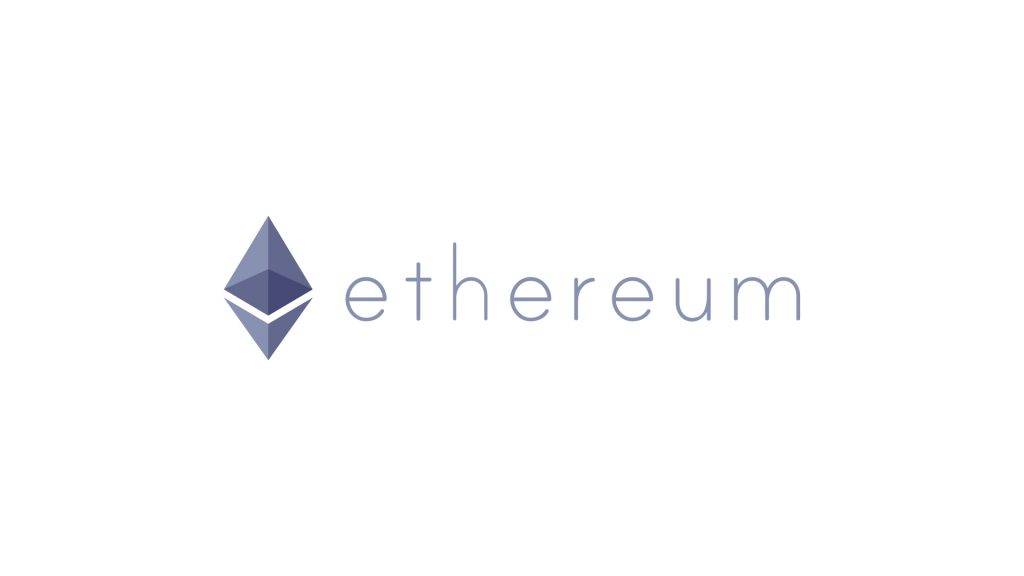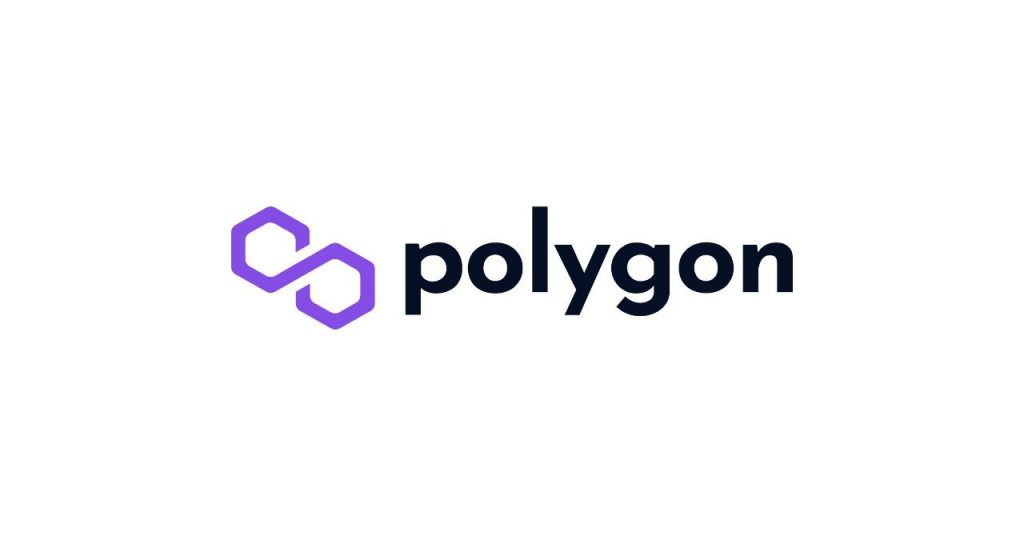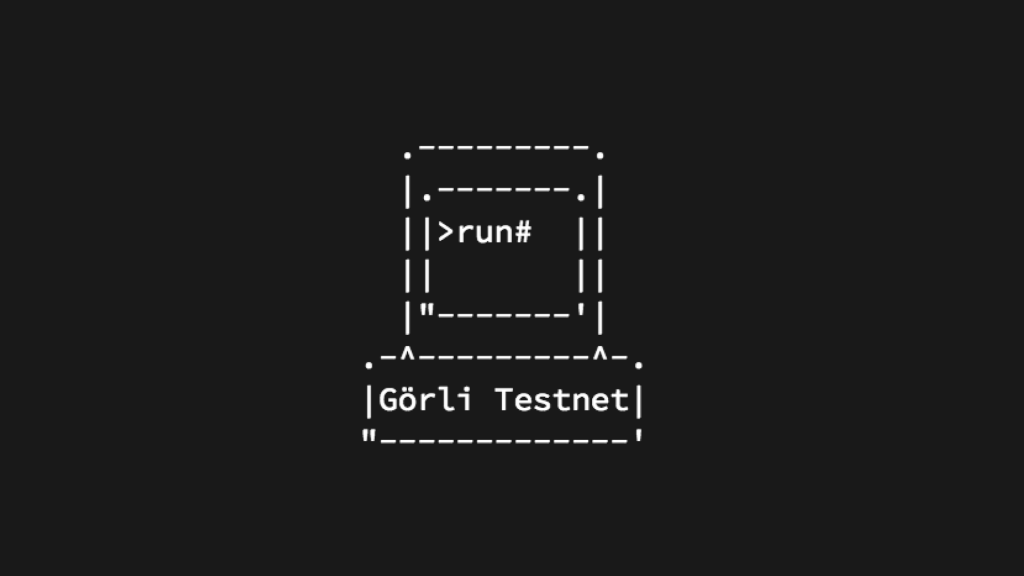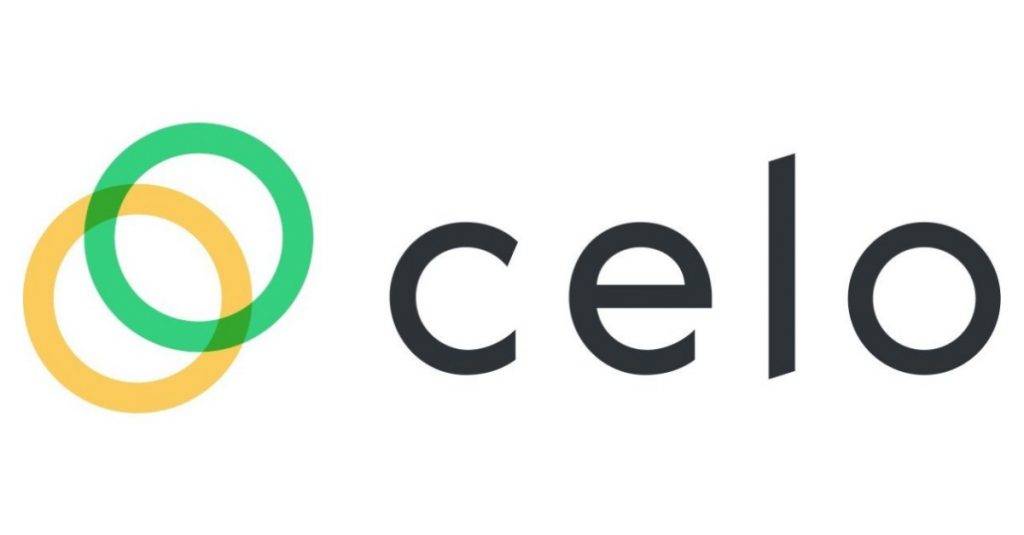Table of Contents
MetaMask is among the most popular crypto wallets in the Ethereum blockchain. It’s easily accessible and you can get MetaMask wallet to your mobile phone or access it from your web browser. Once you start using it, you can work with any of the built-in MetaMask networks available on it.
However, it is better if you have a good understanding of the different networks before you start using any network on MetaMask wallet. Because that way you’ll know what exactly to expect.
Without further ado,
Here’s a list of different MetaMask networks available
1. Ethereum Mainnet

Ethereum Mainnet is the biggest EVM (Ethereum Virtual Machine) Network available as of now. The initial concept of it came out in July 2015. You may call it as a completely open source distributed computing platform based on blockchain. It offers smart contract functionality along with the operating system. Ethereum Main Network supports Hyperledger Besu, Nethermind, Parity, Geth, and many more.
- Network Name: Ethereum Mainnet
- RPC URL: https://api.mycryptoapi.com/eth
- Chain ID: 1
- Currency Symbol: ETH
- Blockchain Explorer URL: https://etherscan.io
2. Polygon Network

You may call Polygon as a scalable solution available exclusively for public blockchain. When you take a look at the different Ethereum network MetaMask options, you will notice that Polygon holds a prominent place.
Polygon is based upon an adapted implementation of the Plasma Framework. Along with Polygon network, you will be able to gain support for all Ethereum tooling available. On top of that, you can also experience cheaper and faster transactions.
There are multiple methods available for you to deploy smart contracts with Polygon. For example, you can do it with Hardhat, Truffle, Remix IDE, and Alchemy.
- Network Name: Polygon
- New RPC URL: https://polygon-rpc.com/
- Chain ID: 137
- Currency Symbol: MATIC
- Block Explorer URL: https://polygonscan.com/
Check this out too 👇🏼
3. Fantom

Fantom Network is a decentralized platform and open-source protocol for building and deploying distributed ledger technology (DLT) applications, such as blockchain-based systems. It is designed to be fast, secure, and scalable, with a focus on enabling real-time, low-latency transactions and data-sharing.
The network is based on a novel consensus mechanism called Lachesis, which is a variant of the directed acyclic graph (DAG) structure.
Unlike traditional blockchains, which use blocks to store transactions, the network uses a DAG structure to store and validate transactions. This allows for higher transaction throughput and faster confirmation times, as well as more flexibility in terms of the types of data that can be stored on the network.
The Fantom network also has a modular architecture that allows for the deployment of different types of DLT applications, such as public or private networks, and the use of different consensus mechanisms and cryptographic algorithms. This makes it highly adaptable and capable of serving a wide range of use cases and applications.
One of the key features of the network is its focus on interoperability, which means that it is designed to be able to connect and communicate with other DLT systems and networks. This allows for the transfer of data and value between different systems and enables the creation of decentralized applications that can interact with multiple networks and platforms.
- Network Name: Fantom Opera Network
- New RPC URL: https://rpcapi.fantom.network
- ChainID: 250
- Currency Symbol: FTM
- Block Explorer URL: https://ftmscan.com
4. Avalanche Network

Avalanche network is a platform that you can use to create customized blockchain networks. You may also use it for creating decentralized applications or dApps.
Ava Labs is the creator of Avalanche Network. One of the greatest things about Avalanche Network is its stability. In fact, it supports a very high transaction throughput, which is equivalent to around 4,500 transactions per second.
Avalanche network has its native coin named AVAX. AVAX coin has a maximum supply cap of 720 million.
One of the best things about Avalanche is that it has a unique decentralized finance ecosystem (DeFi ecosystem). You will also be able to see how numerous DeFi projects based on Ethereum are integrated along with this platform. TrueUSD, Securitize, SushiSwap, and bZx are to name a few.
On the other hand, Avalanche continues to develop a bridge, which people can use to access Ethereum network on MetaMask. This ensures a hassle-free channel to proceed with transferring assets in between two networks.
- Network Name: Avalanche Network
- RPC URL: https://api.avax.network/ext/bc/C/rpc
- Chain ID: 43114
- Currency Symbol: AVAX
- Block Explorer URL: https://cchain.explorer.avax.network/
5. Sepolia Testnet

One of Ethereum’s most well-known Proof-of-Stake (PoS) testnets, Sepolia, was first released in October 2021. Additionally, Goerli and Sepolia are the only two main testnets that have not been deprecated while Rinkeby, Kovan and Ropsten have been dropped. Because Sepolia is currently maintained by client developers, it is a secure and reliable test environment.
Sepolia initially used a proof-of-work (PoW) consensus mechanism at launch in 2021. But with the arrival of The Merge, Sepolia merged with the PoS Sepolia Beacon Chain and now employs a PoS consensus process, much like the Ethereum mainnet. Sepolia now accurately replicates the Ethereum mainnet as a result of The Merge, making it suited for testing smart contracts and dapps in a real-world setting.
- Network name: Sepolia Test Network
- RPC URL: https://rpc.sepolia.org/
- Chain ID: 11155111
- Currency symbol: SepplETH
- Block Explorer URL: https://sepolia.etherscan.io
6. Goerli Testnet

Goerli is a public test network for Ethereum and is named after mathematician and computer scientist Kurt Gödel. It is intended to be a testing ground for developers to experiment with and build decentralized applications on Ethereum without having to use real Ether (the cryptocurrency used on the Ethereum network).
The Goerli test network is a proof-of-authority (PoA) network, meaning that the blocks are produced by a set of pre-authorized nodes rather than being mined by a proof-of-work (PoW) algorithm. Goerli is also designed to be more resistant to spam and malicious attacks, making it a more stable environment for testing.
Developers can use Goerli to test their smart contracts and dApps, try out new features and protocols, and explore the Ethereum ecosystem without having to worry about the cost or security risks of using real Ether. It is a useful tool for developers and researchers working on the Ethereum platform, as it allows them to test their ideas and innovations in a safe and controlled environment.
Goerli is supported by a number of Ethereum clients, including Geth, Pantheon, and Parity. This allows developers to test their applications on different clients and make sure that they are compatible with each other. Goerli also has a block explorer and faucet, which makes it easier to monitor transactions and obtain Ether on the network.
- Network Name: Goerli Network
- RPC URL: https://goerli.net/
- Chain ID: 6284
- Currency Symbol: GTH
- Block Explorer URL: https://explorer.anyblock.tools/goerli/
🔮 Explore: How to set gas fees on MetaMask wallet
7. CELO

CELO is a decentralized platform and cryptocurrency that aims to make it easier and more affordable for people to send and receive money, make payments, and access financial services, especially in areas with limited access to traditional financial infrastructure. It is based on the Ethereum blockchain and uses a proof-of-stake (PoS) consensus mechanism.
The network is designed to be fast, secure, and scalable, with low transaction fees and a high degree of decentralization. It also has a focus on usability and accessibility, with the goal of making it easy for anyone to use and participate in the network, regardless of their technical expertise or financial resources.
One of its key features is its use of stablecoins, which are digital assets that are pegged to a real-world asset, such as a fiat currency or commodity. This helps to stabilize the value of the network and makes it more suitable for use in real-world transactions.
Network Name: CELO Mainnet
RPC URL: https://forno.celo.org
ChainID: 42220
Currency Symbol: CELO
Block Explorer URL: https://explorer.celo.org
That’s all for today, frens.
Hope you found this useful 🔮
